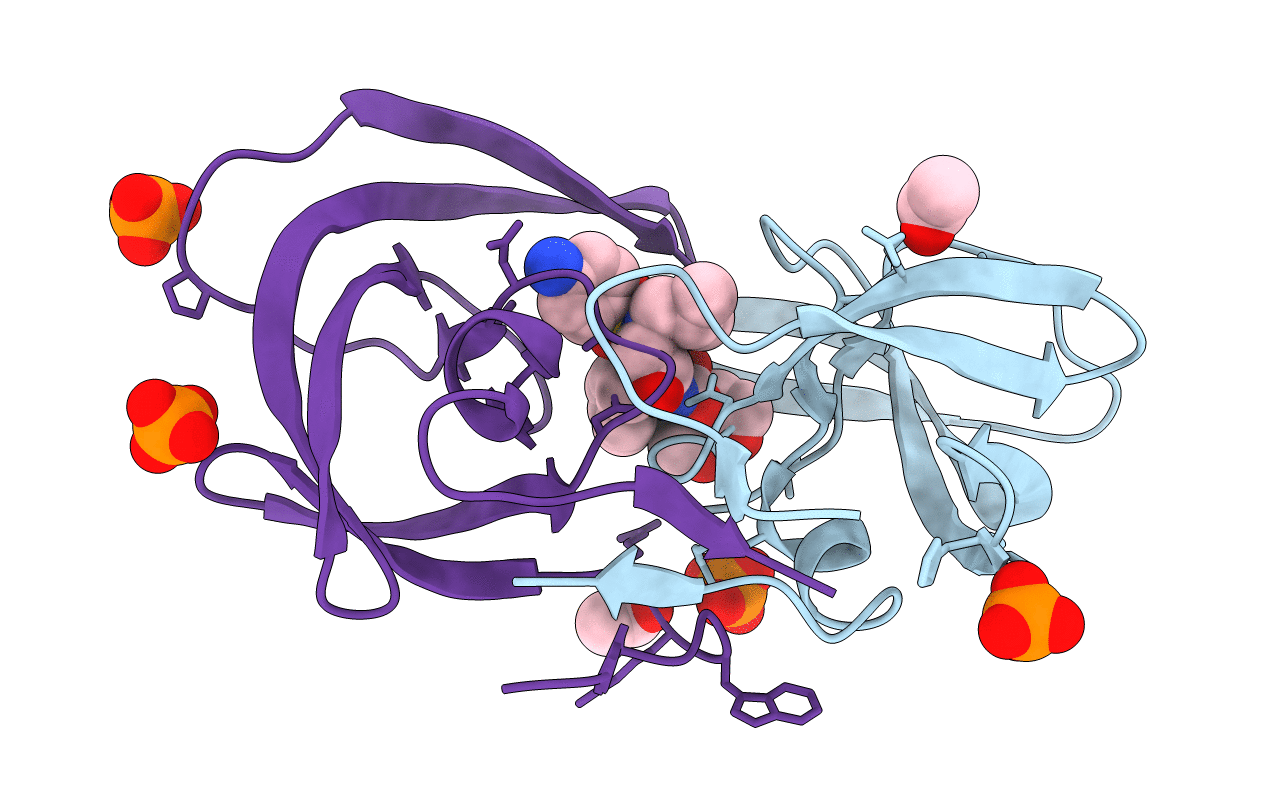
Deposition Date
2004-05-10
Release Date
2005-05-10
Last Version Date
2023-08-23
Entry Detail
PDB ID:
1T7I
Keywords:
Title:
The structural and thermodynamic basis for the binding of TMC114, a next-generation HIV-1 protease inhibitor.
Biological Source:
Source Organism:
Human immunodeficiency virus 1 (Taxon ID: 11676)
Host Organism:
Method Details:
Experimental Method:
Resolution:
1.35 Å
R-Value Free:
0.20
R-Value Work:
0.16
Space Group:
P 21 21 21


